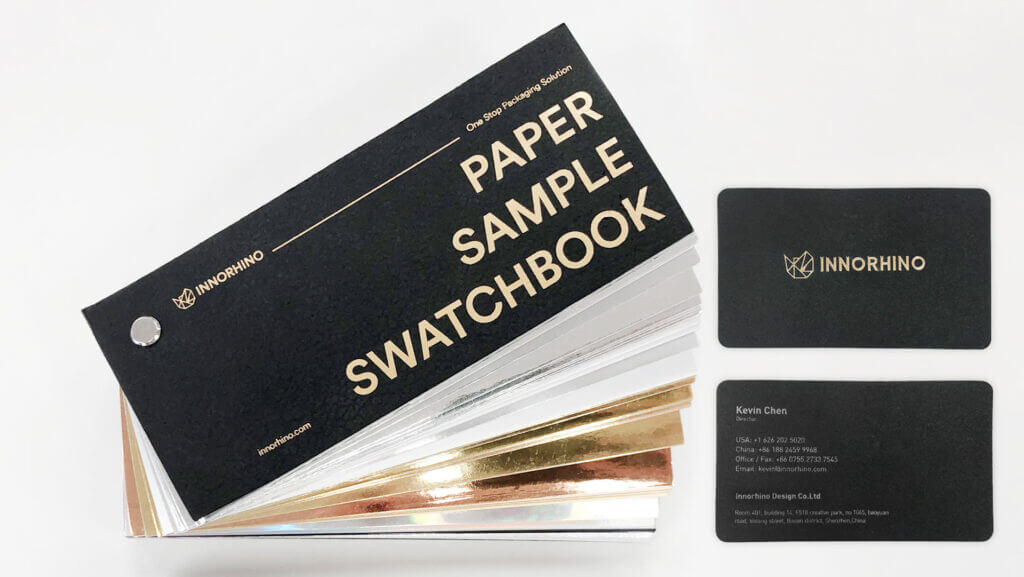Introduction
The packaging industry is entering a new era, driven by bold regulatory reform from the European Union. The revised Packaging and Packaging Waste Regulation (PPWR), officially published in January 2025, is a landmark policy aimed at reducing waste, harmonizing packaging rules across member states, and accelerating the shift to a circular economy.
For consumer goods companies, the PPWR isn’t just a legal hurdle—it’s an opportunity to future-proof their packaging strategy, enhance brand sustainability, and improve market competitiveness. At INNORHINO, we guide brands through this transition with innovative packaging solutions that balance compliance, cost-efficiency, and creativity.
Key Changes in the PPWR That Affect Packaging Strategy
Change#1 Stricter Recycling Targets Across All Materials
The PPWR sets ambitious recycling targets that require companies to rethink material choices and design for recyclability:
- 65% overall recycling rate of all packaging waste by weight by December 31, 2025.
- Specific material targets include:
- 75% for paper/cardboard
- 70% for ferrous metals and glass
- 50% for plastic and aluminum
- 25% for wood
Additionally, businesses must report substances that negatively affect recycling processes, encouraging cleaner packaging composition.
Change#2 Mandatory Recyclability and Design for Circularity
By 2030, all packaging placed on the EU market must be recyclable in an economically viable way. This includes meeting strict design criteria that eliminate components which hinder recycling (e.g., multilayer films, adhesives).
What this means for brands:
- Redesigning packaging to align with recyclability standards.
- Simplifying material combinations (e.g., mono-material structures).
- Collaborating with suppliers to ensure compliance throughout the supply chain.
Change#3 Reuse and Refill Systems Encouraged
To reduce reliance on single-use formats, the PPWR introduces mandatory reuse targets for certain sectors such as e-commerce, beverages, and foodservice. Companies must integrate refillable and reusable systems into their packaging lifecycle.
Examples include:
- Refillable shipping boxes
- Reusable beverage bottles
- Closed-loop packaging programs
Related: Demystifying Sustainable Packaging: A Quick Look into Bioplastics
Key Milestones and Deadlines
- By July 12, 2025 – EU member states must designate and notify authorities responsible for enforcing reuse targets.
- By December 31, 2025 – All recycling and reporting obligations come into effect.
- Beyond 2025 – Additional measures will be introduced to create a circular packaging economy by 2040.
Strategic Implications for Consumer Goods Companies
1. Packaging Innovation is No Longer Optional
Design teams will need to integrate sustainability at the core of every packaging decision—considering not only aesthetics and functionality but recyclability, material sourcing, and lifecycle impact.
2. Supply Chain Realignment
New compliance requirements will pressure brands to:
- Vet material suppliers for regulatory adherence.
- Establish transparent documentation and traceability.
- Explore biobased, compostable, or mechanically recyclable alternatives.
3. Increased Operational and Financial Pressure
Short-term investments in R&D, new tooling, and supplier transitions are inevitable. However, over time, optimized packaging systems can lead to:
- Lower packaging waste taxes and penalties
- Enhanced brand trust with eco-conscious consumers
- Leaner supply chain costs due to material efficiency






How INNORHINO Can Help You Navigate the PPWR Shift
At INNORHINO, we specialize in helping businesses develop packaging strategies that are compliant, creative, and cost-effective.
We offer:
- Packaging Audits to assess compliance risks
- Sustainable Material Sourcing
- Custom Reusable and Recyclable Packaging Design
- Prototyping & Testing for Circular Systems
Whether you’re looking to redesign your packaging portfolio or scale reusable systems, our end-to-end support ensures you stay ahead of both regulatory mandates and market expectations.
Conclusion
The introduction of the Packaging and Packaging Waste Regulation (PPWR) represents a major shift in the packaging industry, pushing consumer goods companies toward sustainable practices. While these changes require immediate action and cost considerations, the long-term benefits include stronger brand positioning, regulatory compliance, and consumer trust.
At INNORHINO, we specialize in innovative packaging solutions that align with evolving regulations and sustainability trends. Contact us today to explore how your company can seamlessly adapt to the new Packaging and Packaging Waste Regulation (PPWR) framework and gain a competitive edge in the market.
You Might want to know: Navigating Supply Chain Challenges Amidst Section 301 Tariffs and Evolving Trade Policies
Frequently Asked Questions
Q1: When does the PPWR go into effect?
A: The regulation was published in January 2025 and will begin enforcement in August 2026.
Q2: Does the PPWR affect companies outside the EU?
A: Yes. If your products are sold in the EU, your packaging must meet PPWR compliance—regardless of where your business is based.
Q3: Are there penalties for non-compliance?
A: Member states are responsible for enforcing penalties, which may include fines, product recalls, or market bans.
Q4: How can I assess if my packaging is compliant?
A: Conducting a packaging audit and working with packaging experts like INNORHINO is the first step to identifying gaps and opportunities.
Q5: What sectors are most affected?
A: Sectors with high packaging output—such as e-commerce, food & beverage, cosmetics, and consumer electronics—will feel the greatest impact.








